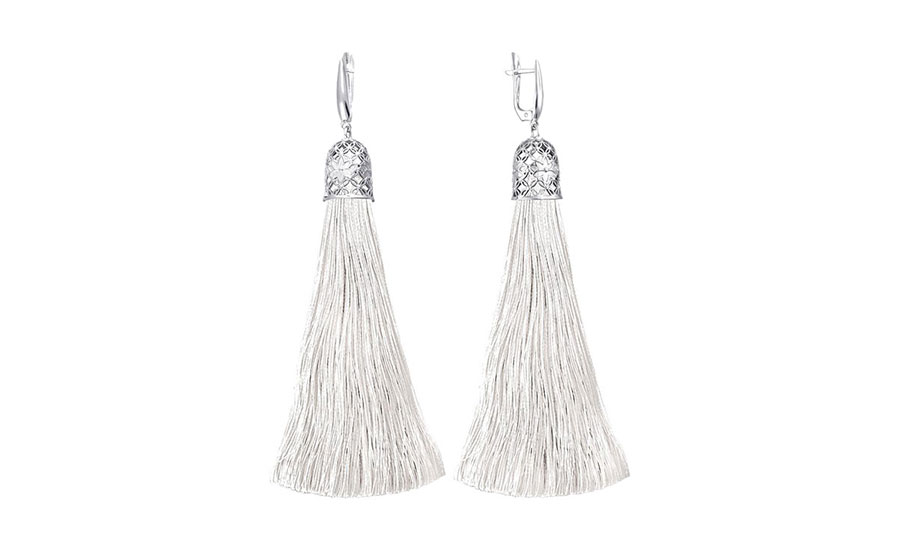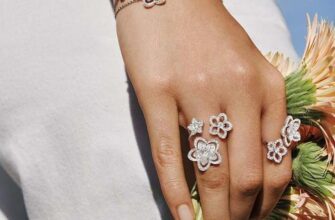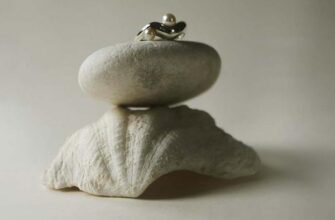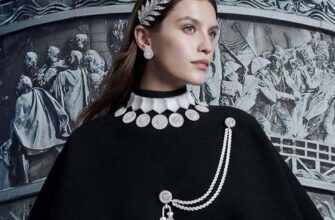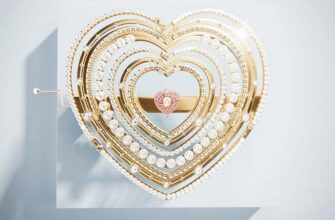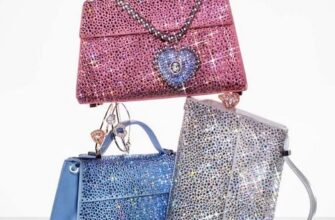For centuries, jewelry has been synonymous with opulence. Whimsical curves of frames, redundancy of details, a lot of gems or precious stones. However, at the end of the XNUMXth century, the situation began to change: decorations became more modest and concise. There were several reasons for this.
The first is the Victorian style. Queen Victoria of Great Britain widowed most of her stay on the throne, and under her - voluntarily or involuntarily - women began to wear emphatically modest jewelry (cameo brooches in laconic frames, hair ornaments - curls were considered a sign of memory, and quite intricate things were woven from them, - jewelry with inserts of mourning black Agatha or "widow's stone" - amethyst).

Queen Victoria
The second reason was the interest of artists, designers, decorators and jewelers in Japan. The Victorian era in Europe coincided with the Meiji era in the Land of the Rising Sun - the empire opened up to the world, Japanese prints, fabrics, household items and works of applied art poured into Paris and London. Laconic and refined, they could not but excite the receptive imagination of European and American artists and jewelers.
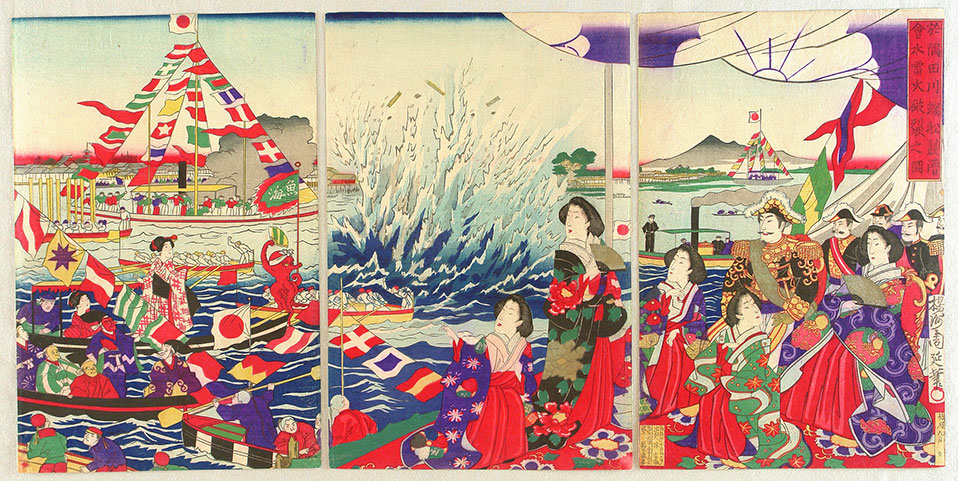
Victorian restraint taught jewelers to squeeze the maximum out of seemingly completely “non-decorative” materials: the same black agate, onyx, horn, tortoiseshell, ivory. And Japanese minimalism became the starting point for two of the most important artistic styles of the late 1920th-first third of the 1930th century: Art Nouveau (called Art Nouveau in Russia) and Art Deco: geometric, laconic, ideally fitting into the canons of the practical architecture of constructivism of the XNUMXs-XNUMXs years.
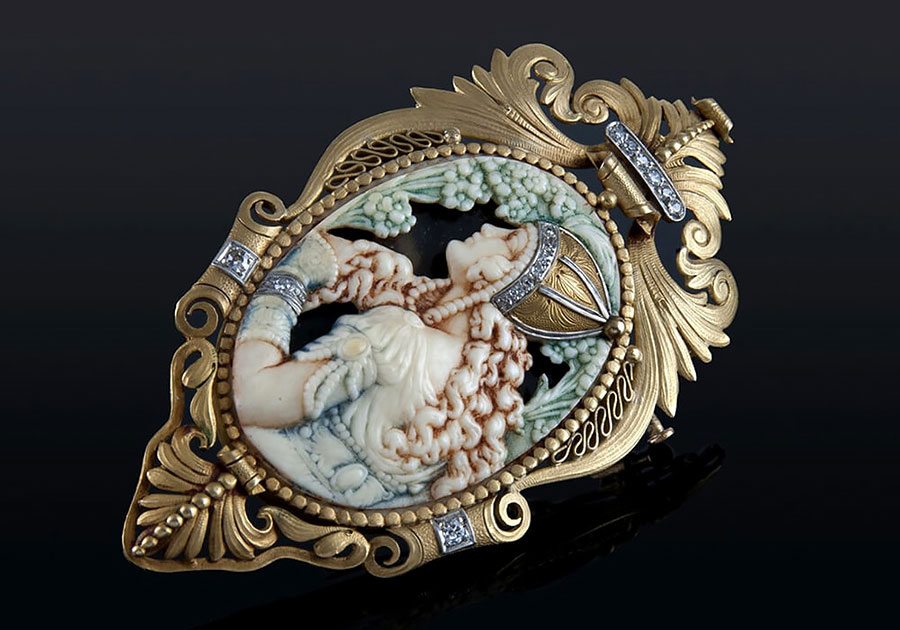
As you know, fashion is cyclical, and what was in trend a hundred years ago can become relevant again. This is exactly what has been happening lately with Art Deco jewelry. Right angles and geometric shapes, the contrast of black and white and the complete absence of excessive "prettyness" like filigree or engraving; white metals (silver, platinum, white gold), work with opaque colored stones and other materials (enamels, mother-of-pearl, bone and even polymeric materials - bakelite, and then plastics).
In the latest high jewelery collections of the world's leading jewelery houses, presented this year at the International Salon of Haute Horlogerie in Geneva and at the BaselWorld Jewelery and Watch Forum in Basel, Art Deco motifs are easily read.
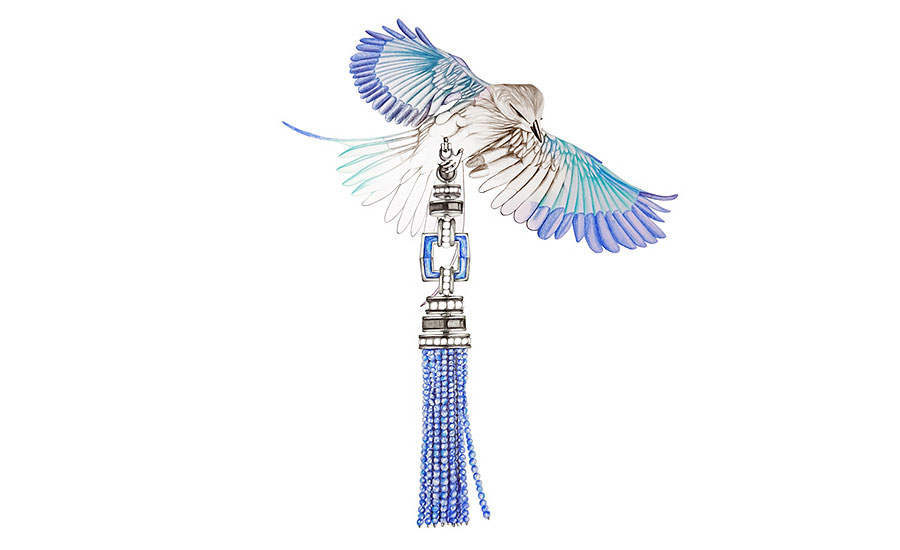
A vivid example is the necklace with diamonds and onyx from the Wild Pop collection of the Italian jewelry and watch house Bvlgari: it resembles a piano keyboard, which also evokes associations with jazz of the 1920s and 1930s.

The French house of Van Cleef & Arpels reached its heyday just in the 1920s, when the company opened a representative office in America (which economy was on the rise until 1929, the start of the Great Depression), so art deco is firmly embedded in the DNA of this brand. To see this, just look at the Annees folles necklace with sapphires and diamonds. Translated from French, Annees folles translates as "Crazy Years" (a kind of cultural analogue of the American concept of "Roaring Twenties").

Art Deco has been the dominant motif in the style of the Greek jeweler Nikos Koulis for several years now. He usually uses black enamel, colorless diamonds, emeralds and blue sapphires for his white gold jewelry. His art deco line is Oui.

And the French house Boucheron even named earrings with diamonds, sapphires, onyx and Pompon Art Deco enamel. They are part of the Ligne Graphic line from Nature Triomphante's latest high jewelery collection.

PS: If Van Cleef & Arpels and Boucheron jewelery is your only dream, take a closer look at the more budgetary, but no less up-to-date Art Deco style options from Russian jewelery houses.

